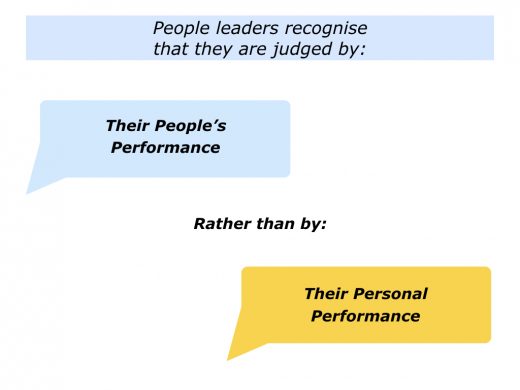
People leaders are judged by the performance of their people. This is an obvious but often overlooked concept that can come as a profound realisation to some leaders.
A soccer coach is judged by the performance of their players. A teacher is judged by the performance of their students. An organisational leader may be judged by the performance of their people.
Benjamin Zander, the well-known conductor, described his own insight regarding this concept. This came when he was invited to conduct the Berlin Philharmonic. Here is a summary of what Benjamin said.
Walking into the auditorium for the first rehearsal with the orchestra, I had a realisation about my role as a conductor. This came as an epiphany, because in the music world the conductor is seen as all powerful.
My realisation was this. It did not matter how much I waved my arms around. The audience was going to judge my work by the performance of the musicians in front of me.
Many leaders are promoted because they are charismatic, good implementers or technically brilliant. They may therefore have both strengths and weaknesses.
One approach is to help the leader to build on their strengths. They may, for example, be able to become a superb thought leader. They can also be helped to build a good leadership team that can compensate for any weaknesses.
Tom Rath, an expert on strengths leadership, explained this approach in the following way. His findings have shown that:
Great leaders are not always well-rounded, but great leadership teams are well-rounded.
People leaders need to develop certain skills, however, to create superb teams. This calls for crossing an emotional Rubicon. It means realising that they will be judged by their people’s performance.
One rising leader I worked with in a giant tech company had such an epiphany. Here is the gist of what he said.
For me this will mean changing my mindset. I have got to this stage of my career by being driven and hitting certain targets.
I now want to be a good people leader. Whilst I have some of the necessary skills, I want to learn how to create a framework that helps other people to succeed.
I’m not sure how this approach will be perceived, however, because we are still an organisation that rewards individual performance. But I want to help the people in my part of the business to thrive and perform at their best.
Looking at your own life, can you think of a situation when you aimed to be a good people leader? You may have done this when acting as an educator, coach, team leader or in another role.
What did you do to try to be good people leader? How did you create a positive environment and enable people to perform superbly? What did you learn from the experience?
If you wish, try tackling the exercise on this theme. This invites you to describe a situation in which you aimed to be such a leader. It then asks you to do the following things.
Describe the specific things you did then to aim to be a good people leader and enable people to perform superbly.
Describe the specific things the people did to perform superbly.
Describe the specific things you learned from the experience.
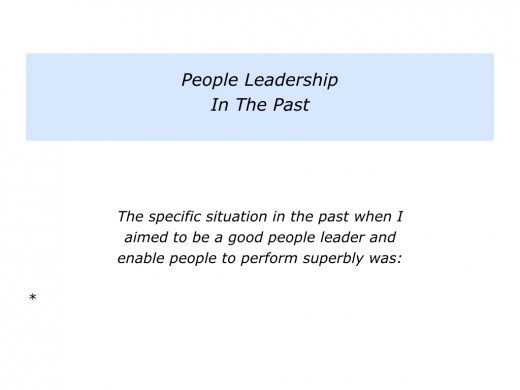
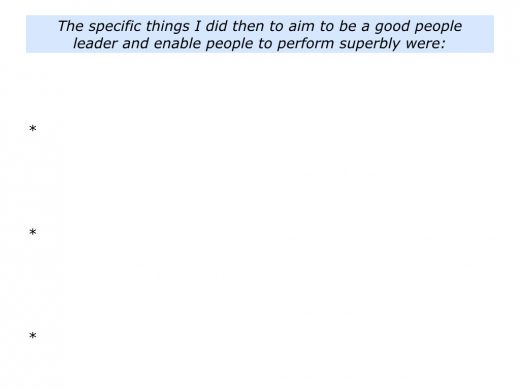
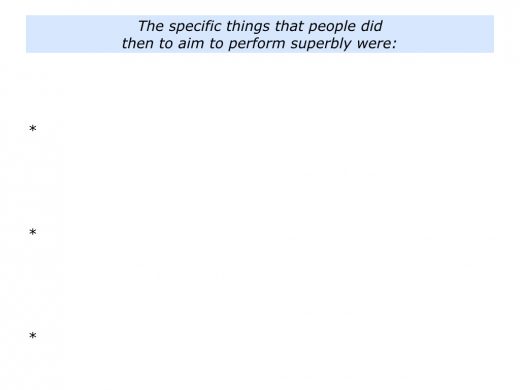
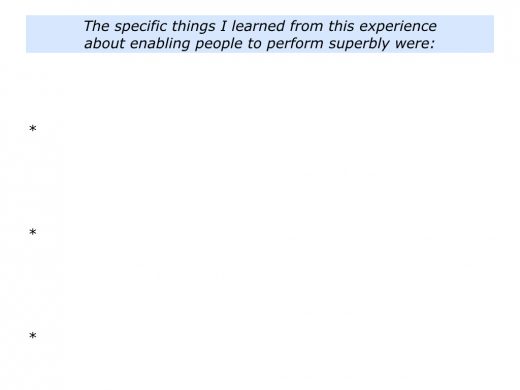
There are many models for taking this approach. I first became aware of these when working in therapeutic communities.
Such communities aimed to help troubled people to achieve their aims, but they also were clear on explaining the deal to people.
The staff of the community would do their best, but they also expected the people who joined to do their best. The staff of the community did the following things.
They aimed to create an encouraging environment and provide practical tools that would enable the motivated people who joined to achieve their goals.
They gave clear explanations about the guidelines that people were expected to follow – plus the reasons for these guidelines – if they wanted to join the community.
They made clear contracts with the new joiner about the goals they personally wanted to achieve and also how they would help other people in the community to reach their goals.
This might seem tough, but it was a pattern I saw time and again in teams and organisations that helped people to thrive. They made the professional deal clear to people.
The leaders had a responsibility to act as good models, create a positive environment and enable their people to succeed. The team members had a responsibility to demonstrate a positive attitude, follow the agreed principles and work towards the picture of success.
As mentioned earlier, there are many models for taking this approach. Let’s explore two of these.
The Servant Leadership Approach
This approach has seen a revival in recent times. During the last few years I have worked with several organisations that have aimed to introduce the approach.
Some organisations have done this successfully, whilst others have been unclear about how it can be used. Let’s start by exploring its roots.
Robert Greenleaf’s books on servant leadership have inspired many people over the past 50 years. Since his death The Greenleaf Center has become a thought-leader in the field of servant leadership and a steward of his writings. Here is what the Center says about this approach.
Servant leadership is a philosophy and set of practices that enriches the lives of individuals, builds better organizations and ultimately creates a more just and caring world.
While servant leadership is a timeless concept, the phrase “servant leadership” was coined by Robert K. Greenleaf in The Servant as Leader, an essay that he first published in 1970. In that essay, Greenleaf said:
“The servant-leader is servant first … It begins with the natural feeling that one wants to serve, to serve first. Then conscious choice brings one to aspire to lead.
“That person is sharply different from one who is leader first, perhaps because of the need to assuage an unusual power drive or to acquire material possessions.
“The leader-first and the servant-first are two extreme types. Between them there are shadings and blends that are part of the infinite variety of human nature.”
Great leaders often see themselves as serving something greater than themselves. This could be a purpose, mission or a cause.
This approach also stretches into other fields. Donovan Campbell, author of The Leader’s Code, a U.S. Marine Corps veteran wrote the following.
So what does the military really teach about leadership? Put simply, it teaches a servant-leadership model.
In simplest terms, servant-leadership teaches that a leader exists to serve a mission first, their teams second, and themselves a distant third.
Different people interpret servant leadership in different ways. Here are two approaches.
Some servant leaders aim to serve all people. They are caring, compassionate and aim to serve all humanity.
Some servant leaders aim to serve a cause. They then serve the people who also want to serve the cause.
This means the organisations that introduce servant leadership must be clear on what they believe it means. Here is one example of how confusion can arise.
Several years ago I mentored a leader who felt he was failing as a servant leader. He gave the following explanation.
The organisation I work for has introduced the idea of servant leadership and encourages us to serve our people. Whilst I like many of the ideas, I am concerned that I am falling short in certain areas.
There is one person in my department, for example, who I am failing to motivate. I have tried everything I know, but they are still not delivering the required standards. Have you any suggestions?
My response was to highlight how different people can interpret servant leadership. Here is the gist what I said to the leader.
Servant leaders who serve a cause aim to serve the people who want to serve the cause. They don’t aim to serve the people who don’t want to serve the cause.
It is therefore important to consider whether the person you mention wants to serve the cause – the aims of your organisation.
If so, you can help them to build on their strengths and do their best to serve the cause. If not, then we may need to look at another way forwards.
The manager was clear. The person in question had caused problems during their time in the organisation. Their style of relating to others created collateral damage and upset people.
Whilst the person had certain skills, the attitude they demonstrated did not help themselves or other people. Bearing this in mind, we focused on several things.
First, to remobilise the team around pursuing the mission. The manager did this by holding a workshop where people refocused on the aims and recommitted to delivering the benefits of the mission.
Second, to encourage those people in the team who behaved in a professional way. The manager did this by helping each person to build on their strengths and make clear contracts about their best contributions towards achieving the goals.
Third, to find a solution to the issue involving the person. The manager pursued this path in a moral way and it eventually resulted in the person moving on in a relatively good way.
Here is a video in which Ken Blanchard describes one approach to servant leadership. This explores how a leader can ensure that people focus on the agreed goals.
The Strengths Approach
There are many models for building superb teams. The strengths approach focuses on how to co-ordinate people’s strengths to achieve success.
Imagine you want to apply this approach. Here are some of the steps you can take in your own way.
You can start by giving people the big picture and communicating the team’s purpose, principles and picture of success.
You can invite people to reflect and decide if they want to contribute to the picture of success.
You can invite the people who want to contribute to build on their strengths and make clear contracts about their best contributions towards achieving the picture of success.
You can co-ordinate people’s strengths, manage by outcomes – rather than by tasks – and enable people to perform superb work on the way towards achieving the picture of success.
You can keep reminding people of the team’s purpose and principles, keep reporting the progress they are making and do whatever is required to achieve the picture of success.
Coordinating People’s Strengths
There are many aspects to this approach. One of the key factors, however, is to coordinate people’s strengths to achieve the goals.
Doing this properly can result in a win-win-win. It can provide wins for the team, wins for the customers and wins for the individual.
Peter Drucker, who is considered the father of modern management, endorsed this approach. He said:
The task of leadership is to create an alignment of strengths in ways that make the system’s weaknesses irrelevant.
Imagine that you are clear on the team’s purpose, principles and picture of success. You can then explore the following themes when focusing on how to coordinate people’s strengths.
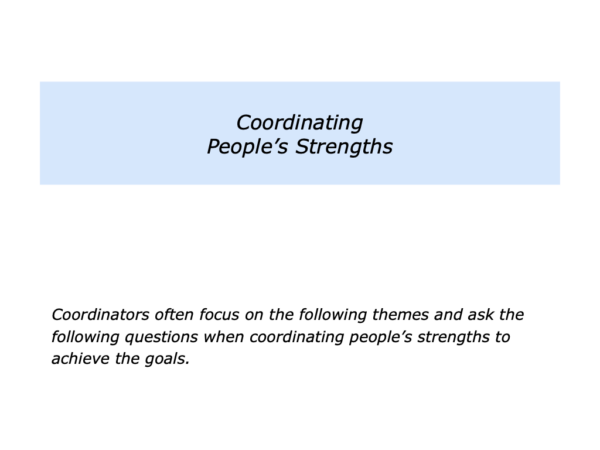
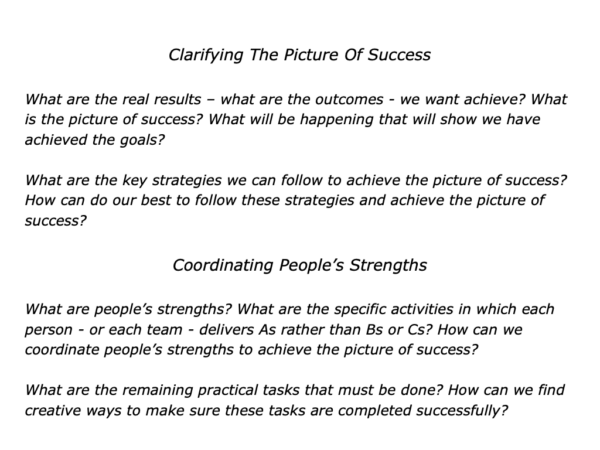
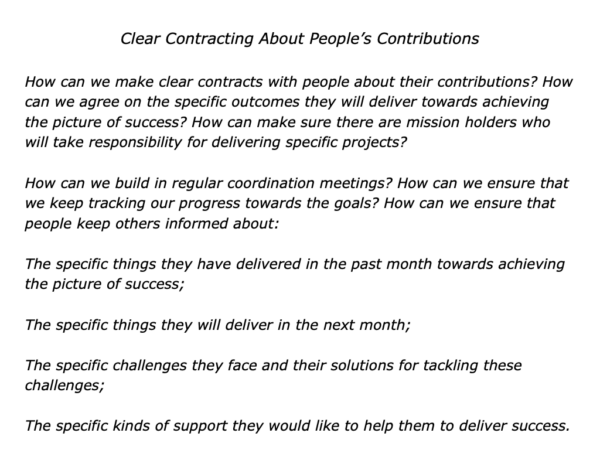
Good leaders recognise that they are often judged by the performance of their people. They therefore aim to encourage, educate and enable their people to achieve success.
Looking ahead, can you think of a situation when you aim to be a good people leader? You may wish to do this when acting as an educator, coach, leader or in some other role.
What can you do then to be a good people leader? How can you create a positive environment? How can you enable people to perform at their best? What may happen as a result?
If you wish, try tackling the exercise on this theme. This asks you to do the following things.
Describe a specific situation in the future when you may aim to be a good people leader.
Describe the specific things you can do then to aim to be a good people leader and enable people to perform superbly.
Describe the specific things that may happen as a result.
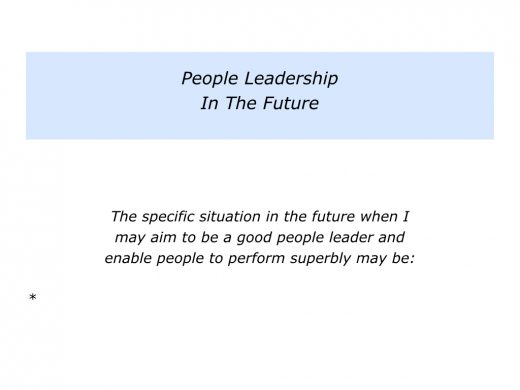
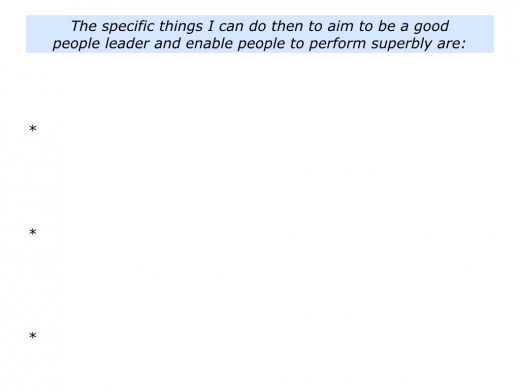
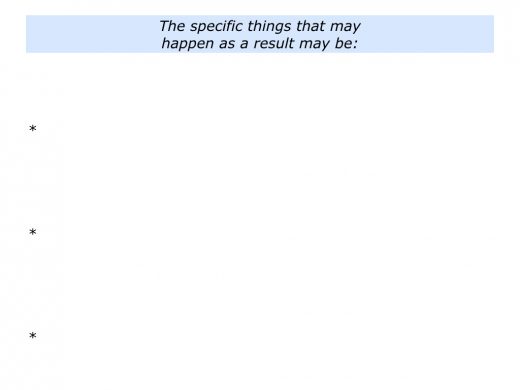






Leave a Reply